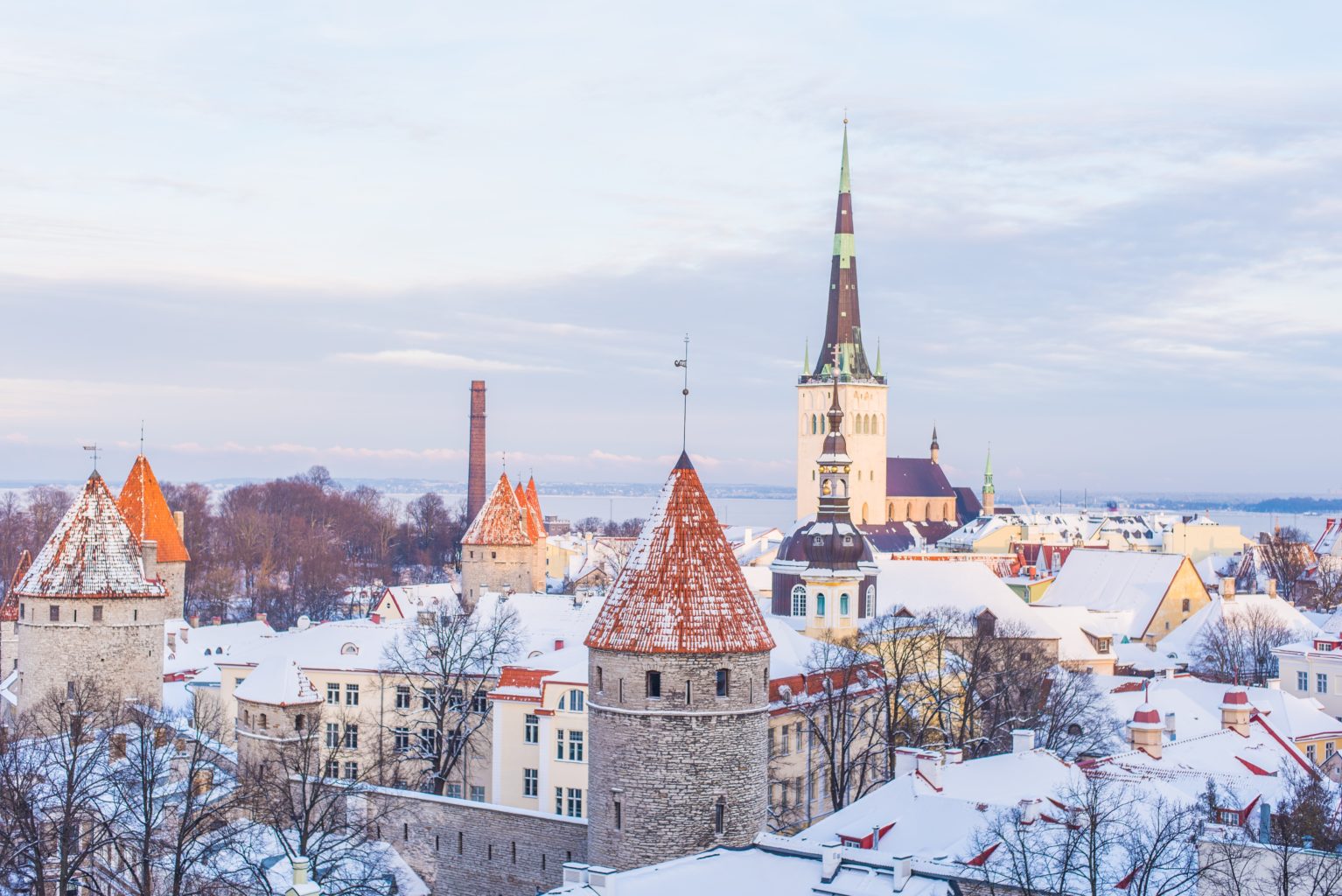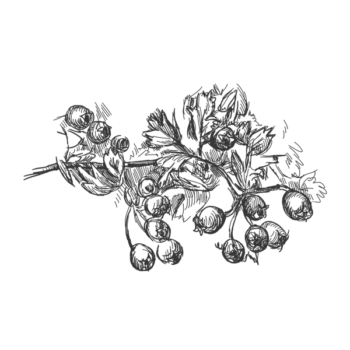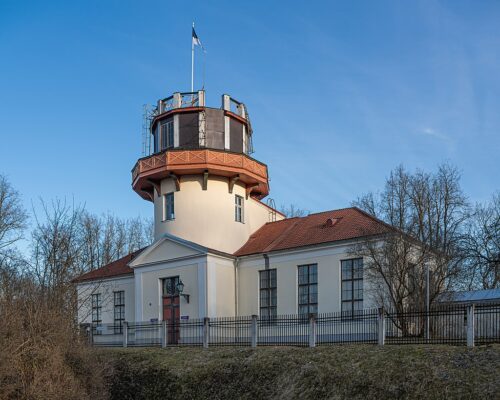
Estonia
Estonia
Science in Estonia
Like the other Baltic states, Estonia is historically linked to Germany. For example, through a Roman Catholic religious order, the ‘Teutonic Knights’. The order's castles can still be seen in many places - at least as ruins - and many Estonian towns still have German names today. However, the Estonian population is by no means living in the past, but is focused on digitalisation and advanced technologies in the areas of education and research. Estonia is considered one of the most ‘digital’ countries in Europe.
The Facts
| Population | 1,366,000 [1] |
| Area | 42,750 km² [2] |
| Gross domestic product per capita in US-Dollar | 29,839.0 [3] |
| Public expenditure on education (share of GDP) | 6.6 % [4] |
| Share of female researchers | 42.2 % |
| Universities | 31 |
| Universities per 1 million inhabitants | 23.70 |
| Students | 45,484 |
| Expenditure on Research and Development (share of GDP) | 1.4 (share of GDP) [5] |
Quellen:
-
↑
https://www.destatis.de/DE/Themen/Laender-Regionen/Internationales/Laenderprofile/estland.pdf?__blob=publicationFile
-
↑
https://www.destatis.de/DE/Themen/Laender-Regionen/Internationales/Laenderprofile/estland.pdf?__blob=publicationFile
-
↑
https://www.destatis.de/DE/Themen/Laender-Regionen/Internationales/Laenderprofile/estland.pdf?__blob=publicationFile
-
↑
https://www.destatis.de/DE/Themen/Laender-Regionen/Internationales/Laenderprofile/estland.pdf?__blob=publicationFile
-
↑
https://www.destatis.de/DE/Themen/Laender-Regionen/Internationales/Laenderprofile/estland.pdf?__blob=publicationFile




